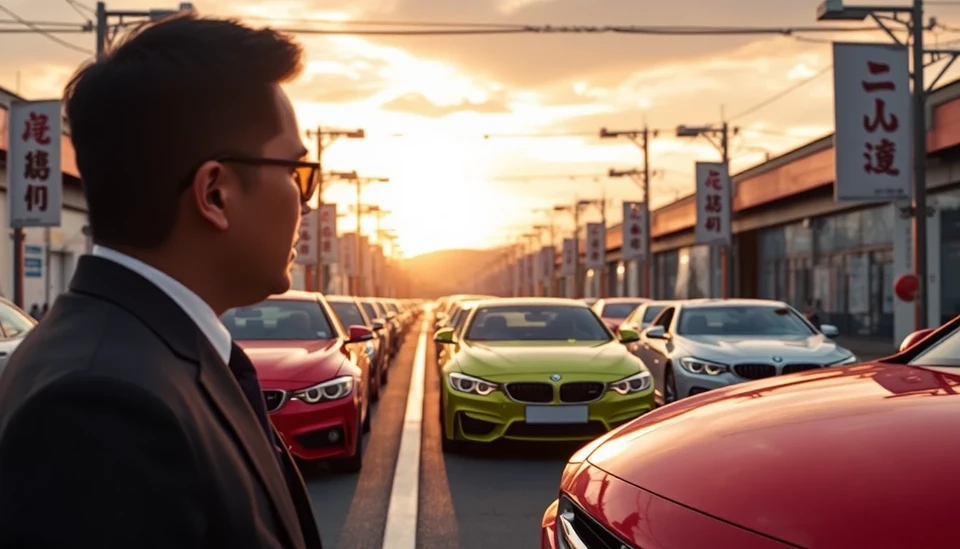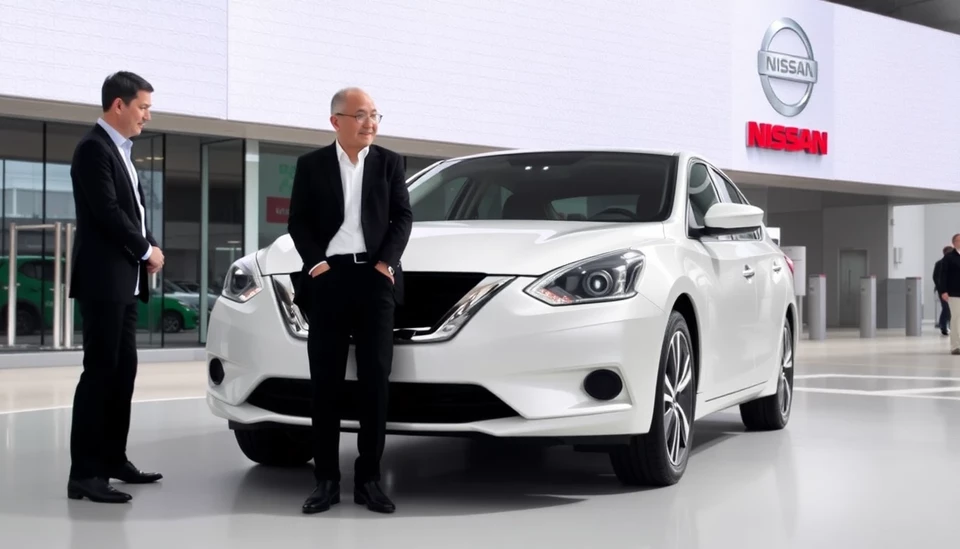
In a significant shift within the autonomous vehicle sector, Honda has announced plans to reduce its financial support for its self-driving taxi partnership with General Motors (GM). This decision reflects broader challenges facing the autonomous vehicle industry, including rising costs and lengthy development timelines that have hindered the commercialization of self-driving technology.
The collaboration, which began with high hopes, aimed to revolutionize urban transportation by integrating Honda's engineering expertise with GM's vehicle platforms and self-driving technology. However, recent developments have prompted Honda to reassess its investment strategy, signaling potential shifts in the landscape of autonomous mobility solutions.
Sources indicate that the scale-back will mainly focus on the financial contributions Honda had initially pledged to the venture, known as Cruise, GM's self-driving arm. While this partnership was envisioned as a pioneering force in self-driving technologies, ongoing challenges—both technological and financial—have led to a reconsideration of resource allocation. Analysts suggest that external pressures, such as growing competition and regulatory hurdles, have impacted the decision-making process.
This change comes at a time when several automakers are reevaluating their self-driving initiatives amidst mounting skepticism regarding the timeline for widespread deployment of autonomous vehicles. The advent of self-driving technology has promised to transform the automotive landscape, but reality has lagged behind, prompting manufacturers to cut back on overly ambitious projects.
Following the announcement, industry experts are keen to see how this will influence the competitive dynamics within the sector. Honda's retreat from the Cruise project raises questions about the future of its involvement in autonomous vehicle technology and what this means for its long-term strategy in the increasingly competitive automotive landscape.
In response to inquiries, representatives from Honda echoed a commitment to explore other avenues and partnerships that align more closely with their revised business objectives. Stakeholders are now closely watching Honda's next steps, as the company seeks to maintain its relevance in a rapidly evolving field where agility and adaptation are paramount.
This development serves as a cautionary tale for the autonomous vehicle industry, underscoring the volatility and unpredictability inherent in pioneering technologies. As companies continue to navigate the complex path towards automated mobility, the focus will need to shift towards sustainable business models and realistic timelines for implementation.
As the market watches, Honda's decision not only affects its partnership with GM but also sets a precedent for other automakers contemplating investments in self-driving technologies. The ramifications are likely to reverberate across the industry as companies balance innovation with practicality in an effort to drive forward the next generation of transportation solutions.
In conclusion, while Honda's retreat from the Cruise partnership presents an immediate challenge, it also opens the door for new opportunities and collaborations that may better align with the company's strategic goals. As the industry continues to evolve, the way forward remains uncertain, yet full of potential for those willing to adapt to new realities.
#Honda #SelfDriving #GM #Cruise #AutonomousVehicles #Transportation #AutomotiveIndustry #Innovation
Author: Victoria Adams




